Home>Furniture & Design>Bathroom Accessories>How To Unclog Toilet Bowl Without Plunger
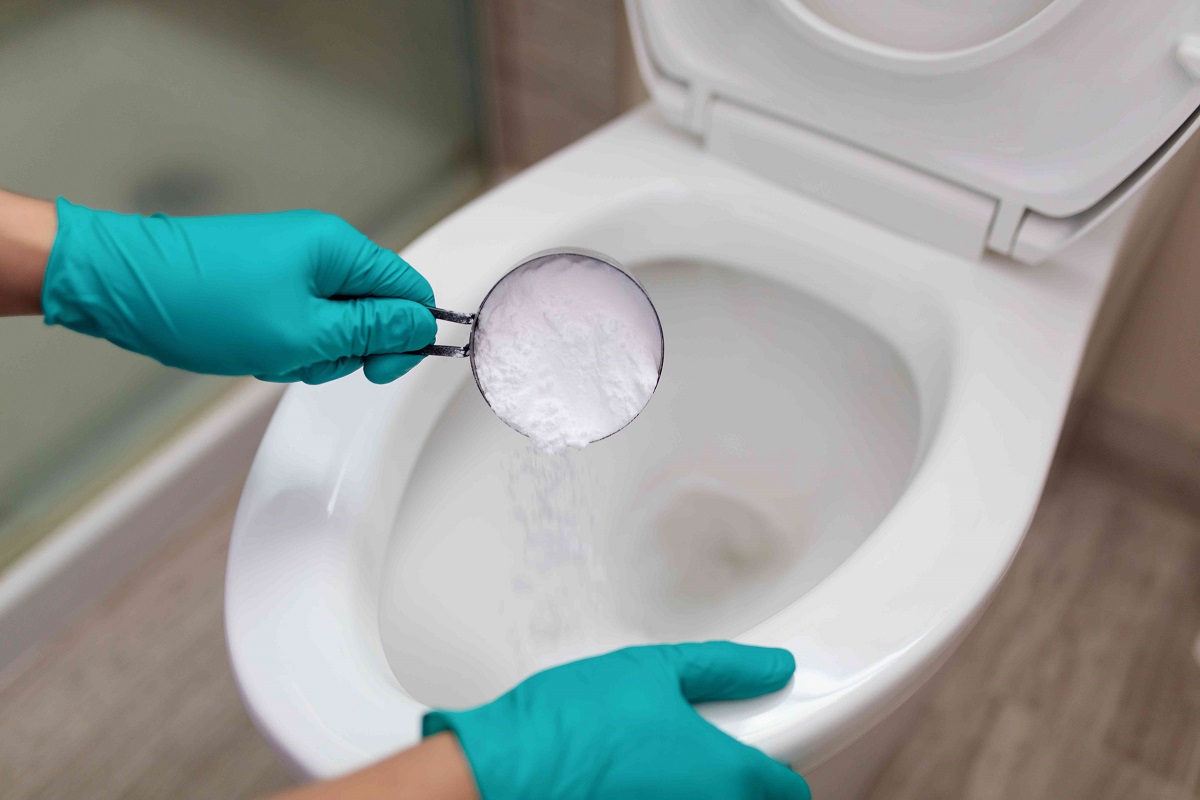

Bathroom Accessories
How To Unclog Toilet Bowl Without Plunger
Modified: April 23, 2024
Learn effective methods for unclogging a toilet without a plunger using common bathroom accessories. Keep your bathroom running smoothly with these simple solutions.
(Many of the links in this article redirect to a specific reviewed product. Your purchase of these products through affiliate links helps to generate commission for Storables.com, at no extra cost. Learn more)
Introduction
Dealing with a clogged toilet can be a frustrating and inconvenient experience. Whether it's caused by excessive toilet paper, foreign objects, or a buildup of waste, a clogged toilet can disrupt your daily routine and leave you feeling flustered. While a plunger is the go-to tool for unclogging a toilet, there are alternative methods that can effectively clear the blockage. In this article, we will explore several practical and innovative techniques for unclogging a toilet bowl without using a plunger. From utilizing common household items to employing simple yet effective strategies, you'll discover a range of solutions to tackle this common household dilemma. So, if you find yourself facing a clogged toilet and don't have a plunger on hand, fear not! With the following methods at your disposal, you'll be equipped to address the issue swiftly and efficiently, restoring peace and functionality to your bathroom.
Key Takeaways:
- Easily unclog a toilet without a plunger using hot water and dish soap. Simply pour the soap and hot water, wait, and flush. It’s a simple and eco-friendly solution for minor to moderate clogs.
- Try unclogging a toilet without a plunger using baking soda and vinegar. Let the mixture sit, then flush. It’s a natural and effective method for minor to moderate clogs.
Read more: How To Unclog A Toilet Without A Plunger
Using Hot Water and Dish Soap
One effective method for unclogging a toilet bowl without a plunger involves using a combination of hot water and dish soap. This simple yet powerful technique can help dislodge the blockage and restore proper flushing functionality to your toilet.
To begin, gather a generous amount of dish soap, preferably a variety known for its grease-cutting properties. Next, bring a pot of water to a near-boil on the stove. It's important to note that the water should be hot but not boiling, as boiling water can potentially damage the porcelain of the toilet bowl.
Once the water is at the desired temperature, carefully pour the dish soap directly into the clogged toilet bowl. The soap acts as a lubricant, helping to break down the blockage and facilitate the unclogging process. After adding the dish soap, slowly pour the hot water into the toilet bowl from waist height. The force and temperature of the water, combined with the lubricating properties of the soap, can help dislodge the obstruction and clear the drain.
Allow the hot water and dish soap mixture to sit in the toilet bowl for several minutes. This gives the solution time to penetrate and soften the clog, making it easier to flush away. After allowing the mixture to work its magic, attempt to flush the toilet. With any luck, the blockage will have loosened, allowing the water to flow freely and effectively clear the toilet bowl.
If the clog persists after the initial attempt, you may need to repeat the process to achieve the desired results. In some cases, particularly stubborn clogs may require multiple applications of hot water and dish soap to fully dislodge the obstruction.
Using hot water and dish soap is a practical and environmentally friendly method for unclogging a toilet without a plunger. This approach is gentle on the plumbing system and can be particularly effective for minor to moderate clogs caused by organic matter and toilet paper buildup.
By utilizing this straightforward yet effective technique, you can address a clogged toilet with confidence, knowing that you have a reliable alternative to the traditional plunger method. With hot water and dish soap at your disposal, you can quickly and efficiently restore your toilet to proper working order, minimizing inconvenience and ensuring a smoothly functioning bathroom.
Using Baking Soda and Vinegar
When faced with a clogged toilet and lacking a plunger, the combination of baking soda and vinegar can serve as a remarkably effective alternative. This natural and chemical-free approach harnesses the power of a simple chemical reaction to break down the blockage and restore proper flushing capabilities to your toilet.
To initiate this method, start by pouring one cup of baking soda into the clogged toilet bowl. Baking soda, also known as sodium bicarbonate, is renowned for its mild abrasive properties and its ability to neutralize odors. As such, it serves as an excellent base for this unclogging technique.
Following the addition of baking soda, pour two cups of vinegar into the toilet bowl. The vinegar, typically white distilled vinegar, acts as an acidic agent that, when combined with the baking soda, triggers a chemical reaction. This reaction generates carbon dioxide gas, creating fizzing and bubbling within the toilet bowl. This effervescence helps to dislodge the blockage and break it down, facilitating the unclogging process.
Allow the baking soda and vinegar mixture to work its magic for approximately 30 minutes. During this time, the chemical reaction continues to bubble and fizz, effectively penetrating and softening the clog. This allows the solution to reach and break down the obstruction, making it easier to flush away.
After the designated waiting period, attempt to flush the toilet. The combined action of the baking soda and vinegar, along with the fizzing reaction, should have loosened the blockage, enabling the water to flow freely and clear the toilet bowl.
In the event that the clog persists after the initial attempt, you may need to repeat the process to achieve the desired results. For particularly stubborn clogs, multiple applications of baking soda and vinegar may be necessary to fully dislodge the obstruction.
The baking soda and vinegar method offers a gentle and eco-friendly approach to unclogging a toilet without a plunger. This technique is particularly effective for addressing minor to moderate clogs caused by organic matter and toilet paper buildup. By harnessing the power of this simple chemical reaction, you can effectively tackle a clogged toilet, restoring functionality to your bathroom with ease.
By utilizing this natural and straightforward method, you can confidently address a clogged toilet without the need for a plunger. With baking soda and vinegar at your disposal, you have a reliable alternative to traditional unclogging methods, ensuring that you can swiftly and efficiently restore your toilet to proper working order.
Pour hot water and dish soap into the toilet bowl. Let it sit for a few minutes, then flush. The hot water and soap can help break up the clog and allow it to flush away.
Using a Wire Hanger
When faced with a clogged toilet and lacking a plunger, a simple wire hanger can serve as a surprisingly effective tool to dislodge the obstruction and restore proper flushing capabilities to your toilet. This method harnesses the flexibility and strength of a wire hanger to physically break down and remove the blockage, offering a practical and straightforward solution to this common household dilemma.
To initiate this method, start by unraveling a wire hanger to form a straight, elongated tool. This can be achieved by carefully straightening out the twisted sections of the hanger, creating a long and relatively straight wire. It's important to exercise caution during this process to avoid any sharp or protruding ends that could potentially damage the porcelain of the toilet bowl.
Once you have fashioned the wire hanger into a suitable tool, insert it into the toilet bowl and maneuver it carefully to reach the location of the clog. Gently push and maneuver the wire hanger in a circular motion, aiming to break apart and dislodge the obstruction. The flexibility and strength of the wire hanger allow it to navigate the curves and bends of the toilet drain, making it possible to reach and address the blockage effectively.
As you work the wire hanger within the toilet bowl, be mindful of applying gentle pressure to avoid causing any damage to the porcelain or plumbing. By carefully manipulating the wire hanger, you can target and dislodge the clog, gradually breaking it down and allowing it to be flushed away.
After maneuvering the wire hanger within the toilet bowl, attempt to flush the toilet. The physical action of the wire hanger, combined with the force of the water, should help dislodge the blockage, enabling the water to flow freely and clear the toilet bowl.
In the event that the clog persists after the initial attempt, you may need to repeat the process to achieve the desired results. For particularly stubborn clogs, multiple applications of the wire hanger method may be necessary to fully dislodge the obstruction.
The wire hanger method offers a practical and resourceful approach to unclogging a toilet without a plunger. This technique is particularly effective for addressing minor to moderate clogs caused by foreign objects or non-organic matter. By utilizing the flexibility and strength of a wire hanger, you can effectively tackle a clogged toilet, restoring functionality to your bathroom with ease.
By employing this straightforward and hands-on method, you can confidently address a clogged toilet without the need for a plunger. With a simple wire hanger at your disposal, you have a reliable alternative to traditional unclogging methods, ensuring that you can swiftly and efficiently restore your toilet to proper working order.
Using a Toilet Brush
When faced with a clogged toilet and lacking a plunger, a toilet brush can serve as a surprisingly effective tool to dislodge the obstruction and restore proper flushing capabilities to your toilet. This method harnesses the design and functionality of a toilet brush to physically break down and remove the blockage, offering a practical and straightforward solution to this common household dilemma.
To initiate this method, start by ensuring that the toilet brush is clean and free of any debris or residue. It's essential to use a toilet brush with sturdy bristles and a durable handle to withstand the task at hand. Additionally, consider wearing rubber gloves to maintain hygiene and protect your hands during the unclogging process.
Once you have prepared the toilet brush, insert it into the toilet bowl and maneuver it carefully to reach the location of the clog. Gently push and maneuver the toilet brush in a circular motion, aiming to break apart and dislodge the obstruction. The robust bristles of the toilet brush are designed to provide effective scrubbing action, making it possible to target and address the blockage within the toilet drain.
As you work the toilet brush within the toilet bowl, be mindful of applying gentle pressure to avoid causing any damage to the porcelain or plumbing. By carefully manipulating the toilet brush, you can target and dislodge the clog, gradually breaking it down and allowing it to be flushed away.
After maneuvering the toilet brush within the toilet bowl, attempt to flush the toilet. The physical action of the toilet brush, combined with the force of the water, should help dislodge the blockage, enabling the water to flow freely and clear the toilet bowl.
In the event that the clog persists after the initial attempt, you may need to repeat the process to achieve the desired results. For particularly stubborn clogs, multiple applications of the toilet brush method may be necessary to fully dislodge the obstruction.
The toilet brush method offers a practical and resourceful approach to unclogging a toilet without a plunger. This technique is particularly effective for addressing minor to moderate clogs caused by organic matter, toilet paper buildup, or other soft obstructions. By utilizing the design and functionality of a toilet brush, you can effectively tackle a clogged toilet, restoring functionality to your bathroom with ease.
By employing this straightforward and hands-on method, you can confidently address a clogged toilet without the need for a plunger. With a simple toilet brush at your disposal, you have a reliable alternative to traditional unclogging methods, ensuring that you can swiftly and efficiently restore your toilet to proper working order.
Read more: How To Unclog Toilet Without Plunger
Conclusion
In conclusion, encountering a clogged toilet without a plunger can be a daunting experience, but with the methods outlined in this article, you can confidently address this common household issue. From utilizing hot water and dish soap to harnessing the power of baking soda and vinegar, as well as employing simple tools such as a wire hanger or a toilet brush, you have a range of effective alternatives at your disposal.
These methods offer practical and innovative solutions for unclogging a toilet bowl without the need for a plunger. Whether you prefer a chemical-free approach, a hands-on technique, or a combination of household items, there is a method suited to your preference and available resources.
It's important to approach the unclogging process with patience and persistence, as some blockages may require repeated applications of the chosen method to achieve the desired results. Additionally, exercising caution and gentle maneuvering when using tools such as a wire hanger or a toilet brush can help prevent damage to the toilet bowl or plumbing.
By incorporating these alternative methods into your household repertoire, you can effectively manage clogged toilets and restore functionality to your bathroom with confidence. These techniques offer environmentally friendly and practical solutions, minimizing the need for harsh chemicals or specialized equipment.
Ultimately, the ability to unclog a toilet without a plunger empowers you to address this inconvenience swiftly and efficiently, ensuring that your daily routine remains uninterrupted. By familiarizing yourself with these methods, you can navigate this common household challenge with ease, knowing that you have versatile and effective strategies at your disposal.
In the event that a clogged toilet persists despite your best efforts, it may be necessary to seek professional assistance to address any underlying issues. However, with the knowledge and techniques presented in this article, you are well-equipped to tackle minor to moderate clogs and restore your toilet to proper working order.
With these alternative methods in your toolkit, you can confidently face clogged toilets, knowing that you have the resources and know-how to address the issue effectively. By incorporating these practical and innovative approaches, you can maintain a smoothly functioning bathroom and minimize the inconvenience of a clogged toilet, ensuring a seamless and stress-free experience for you and your household.
Frequently Asked Questions about How To Unclog Toilet Bowl Without Plunger
Was this page helpful?
At Storables.com, we guarantee accurate and reliable information. Our content, validated by Expert Board Contributors, is crafted following stringent Editorial Policies. We're committed to providing you with well-researched, expert-backed insights for all your informational needs.
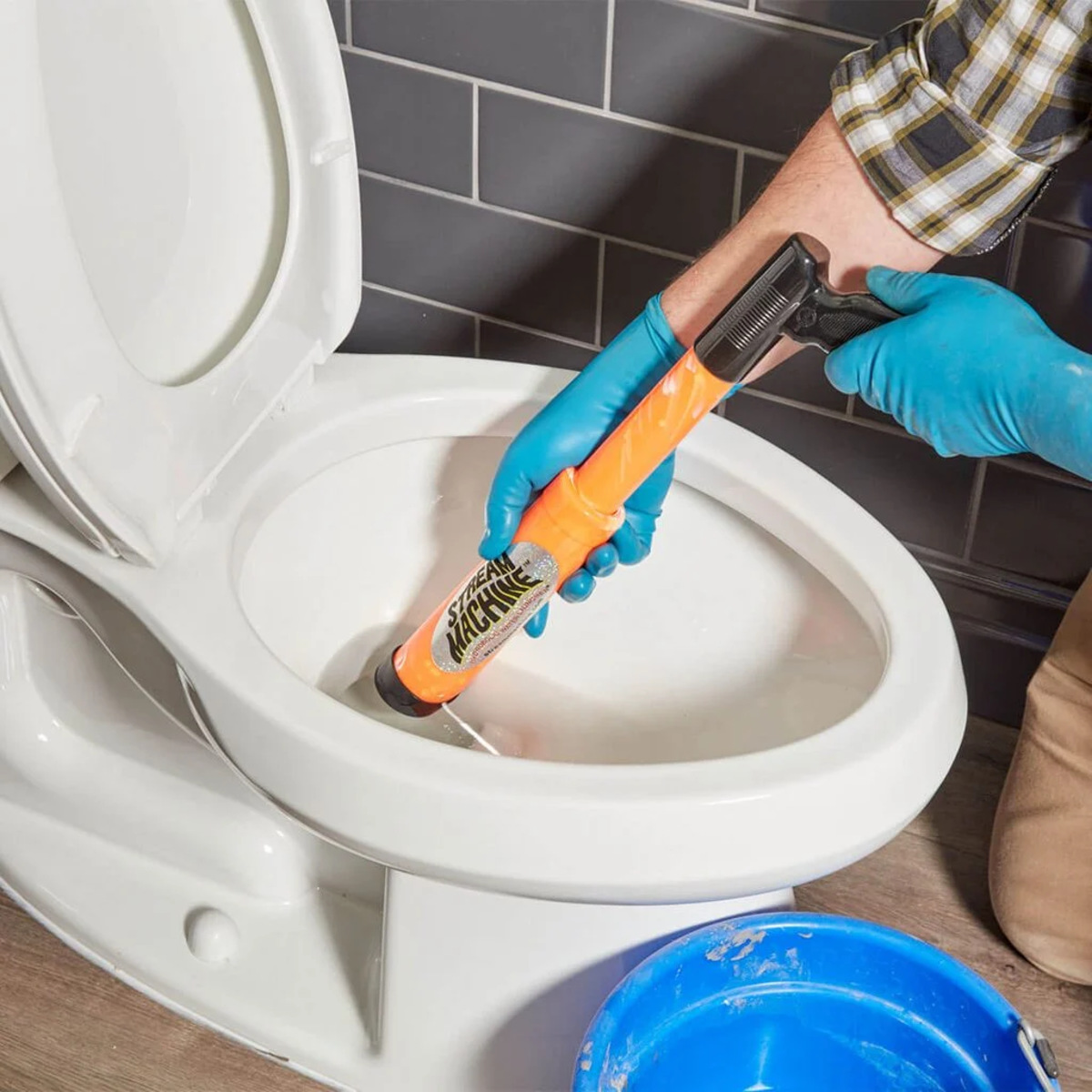
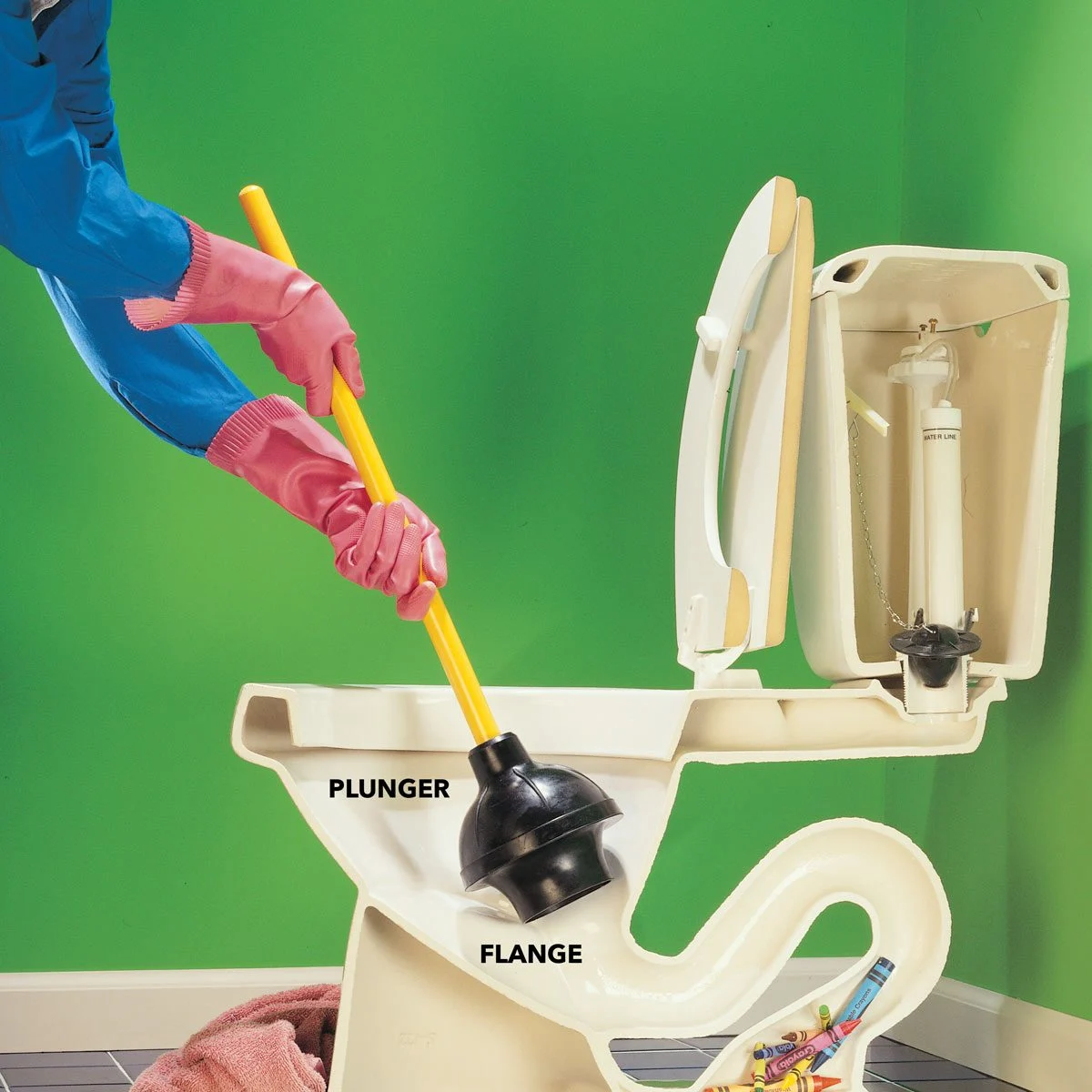
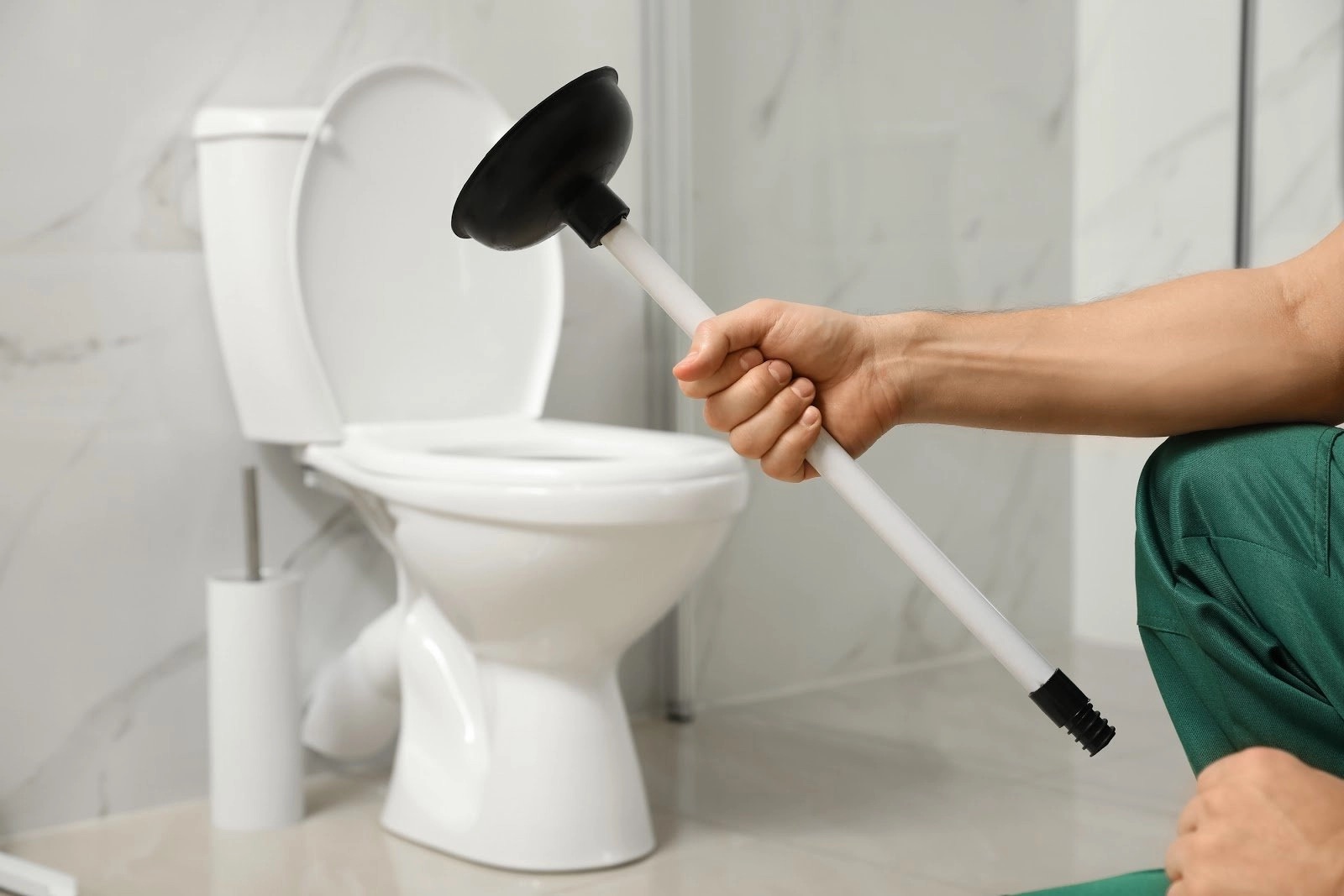
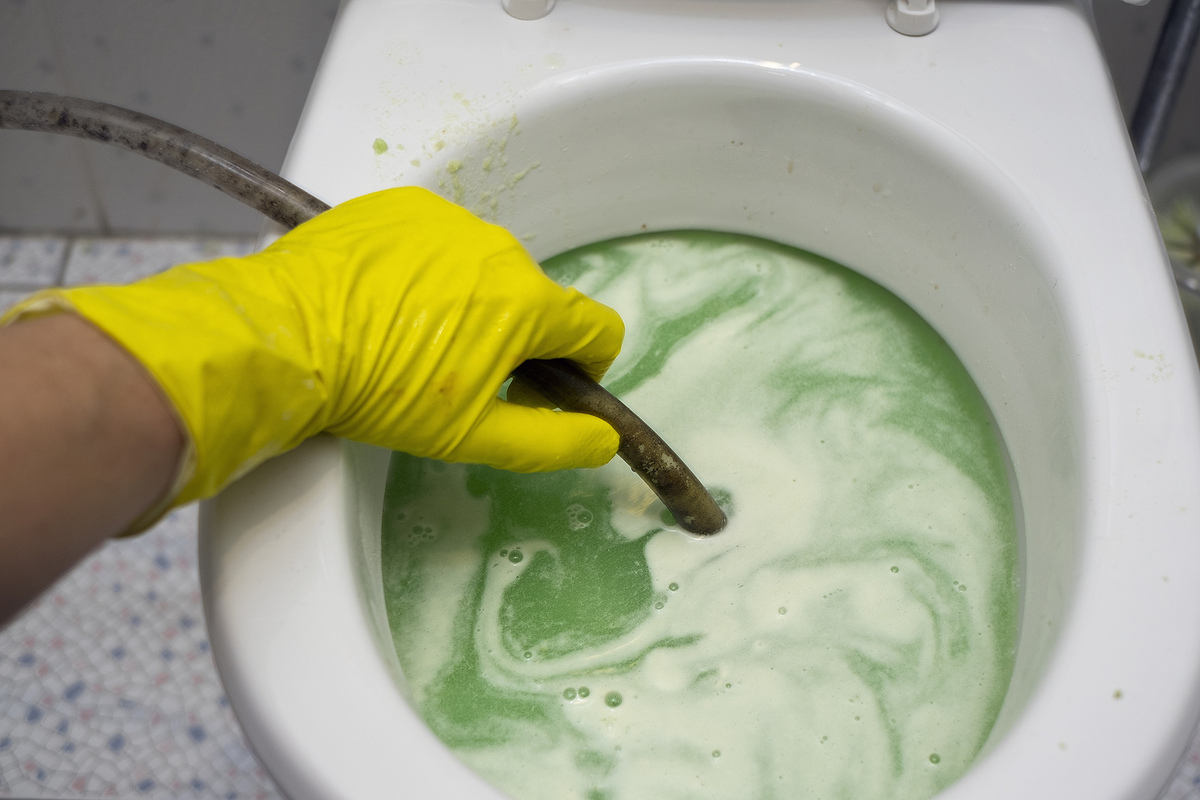
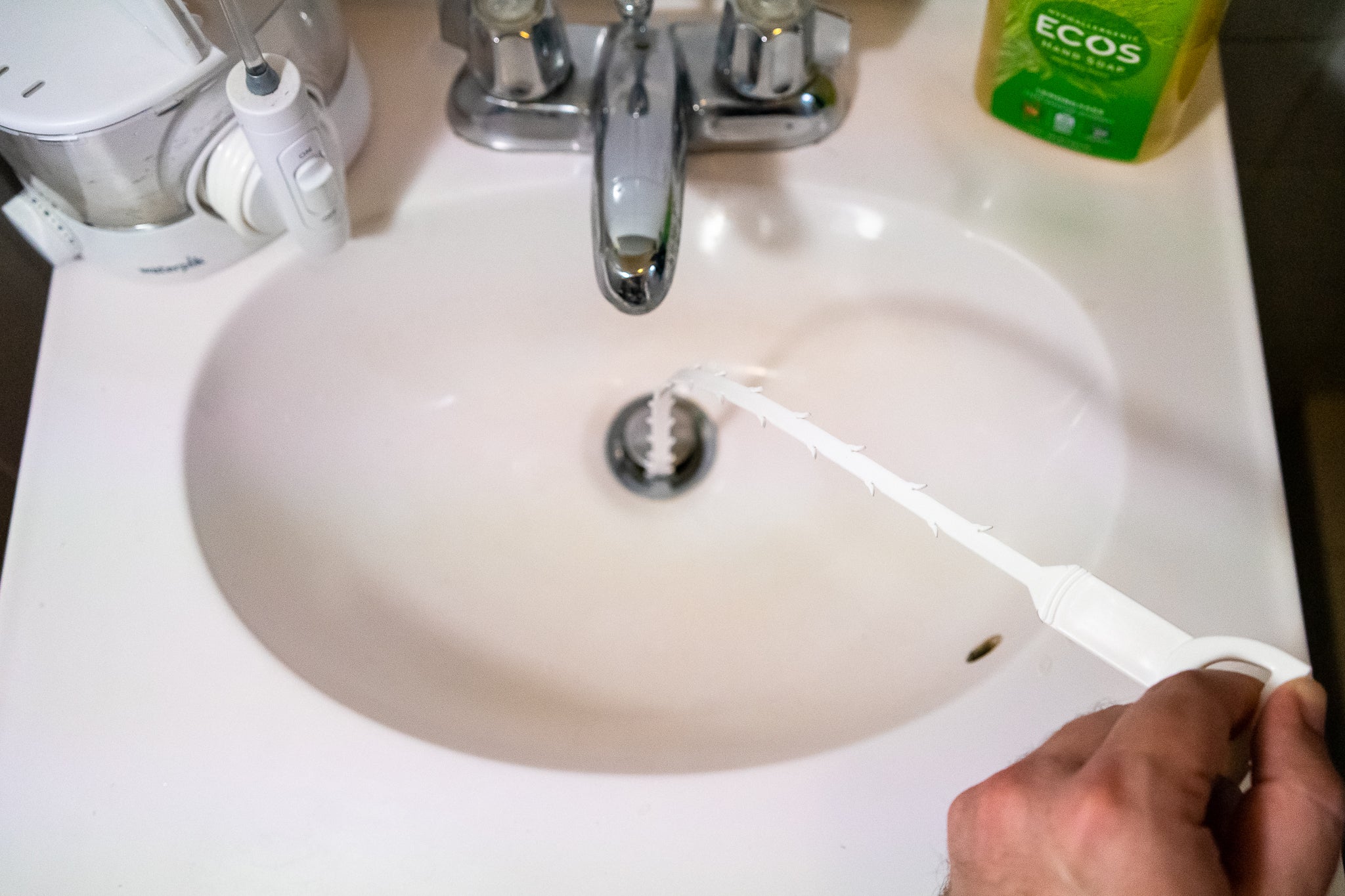
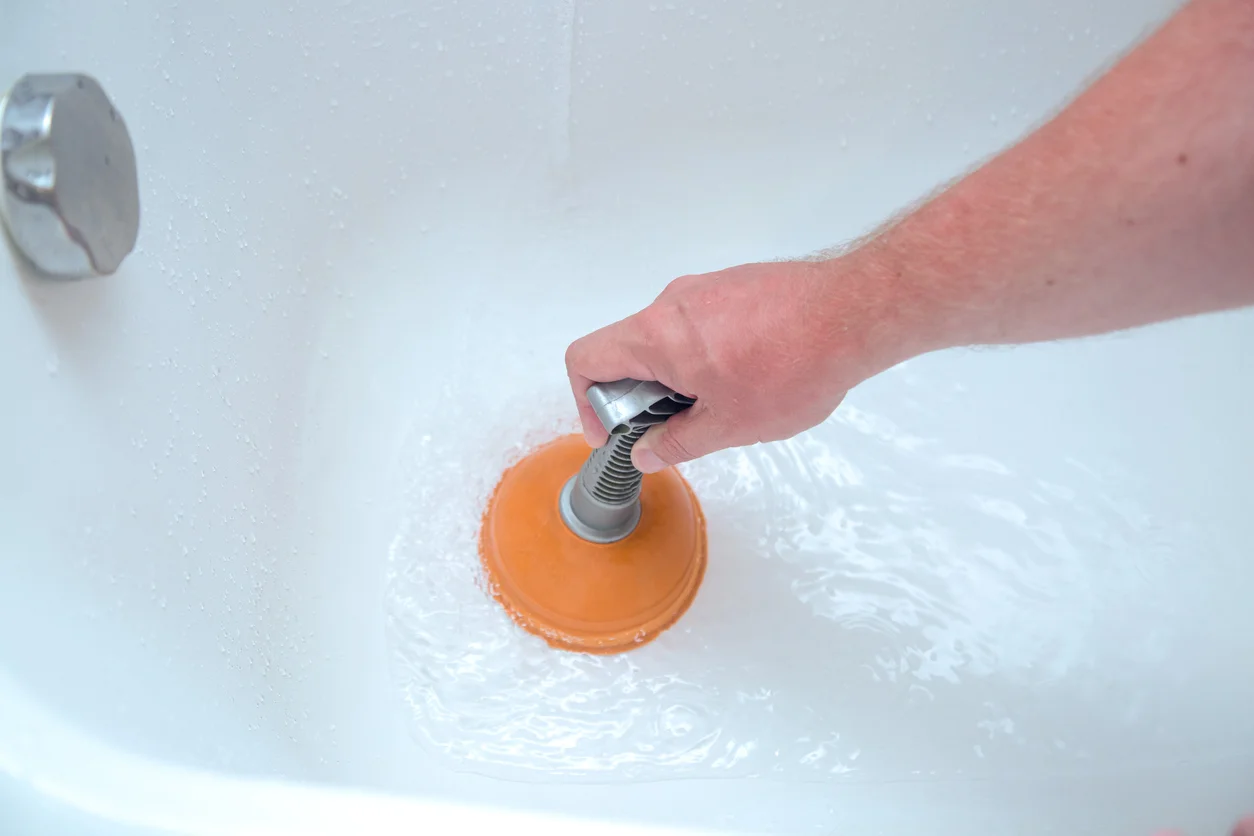
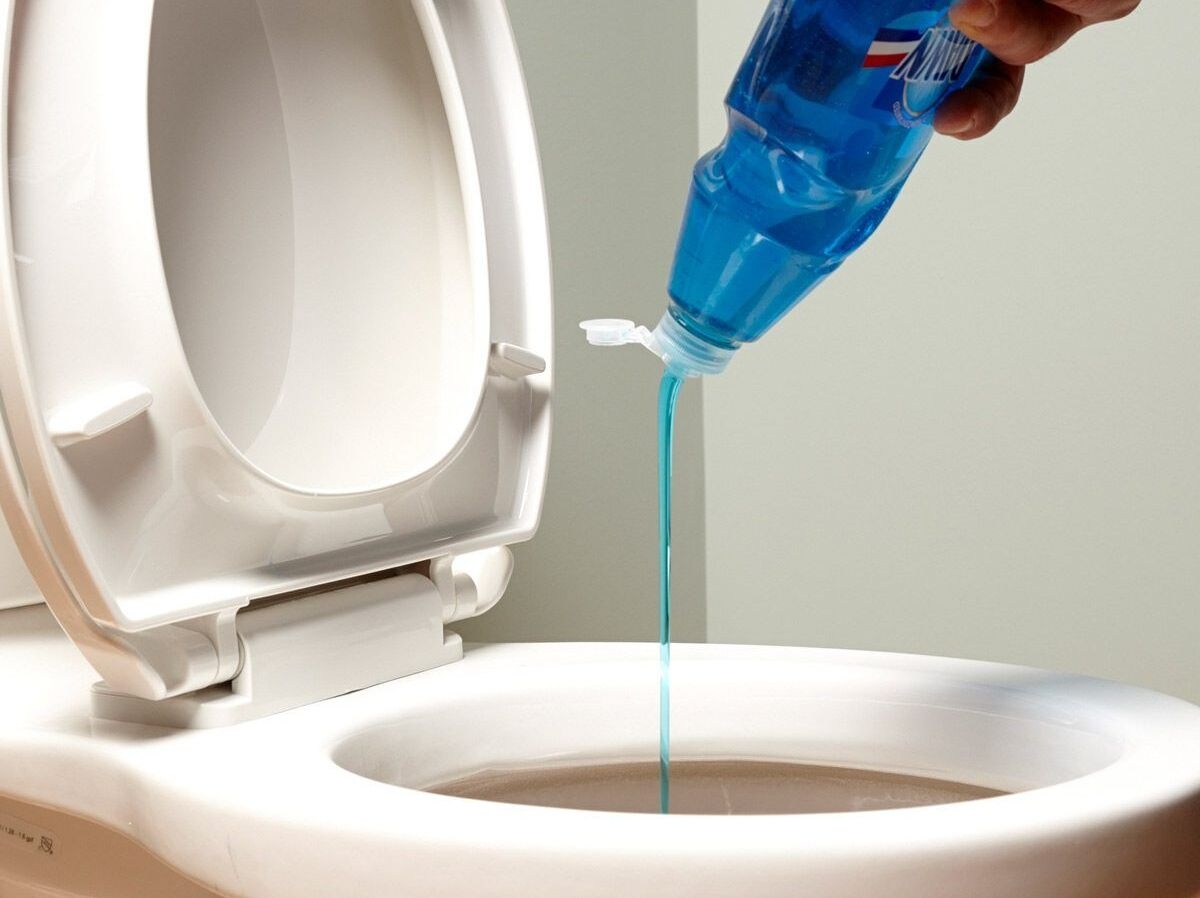
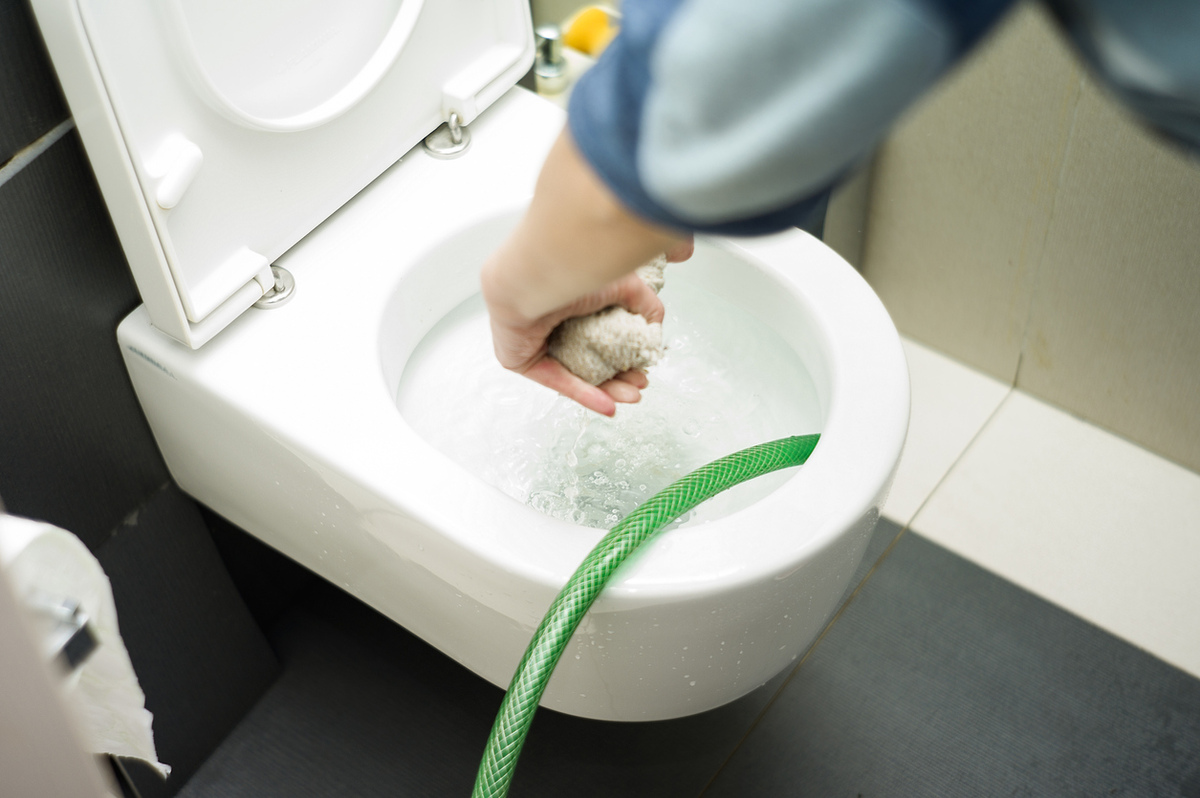
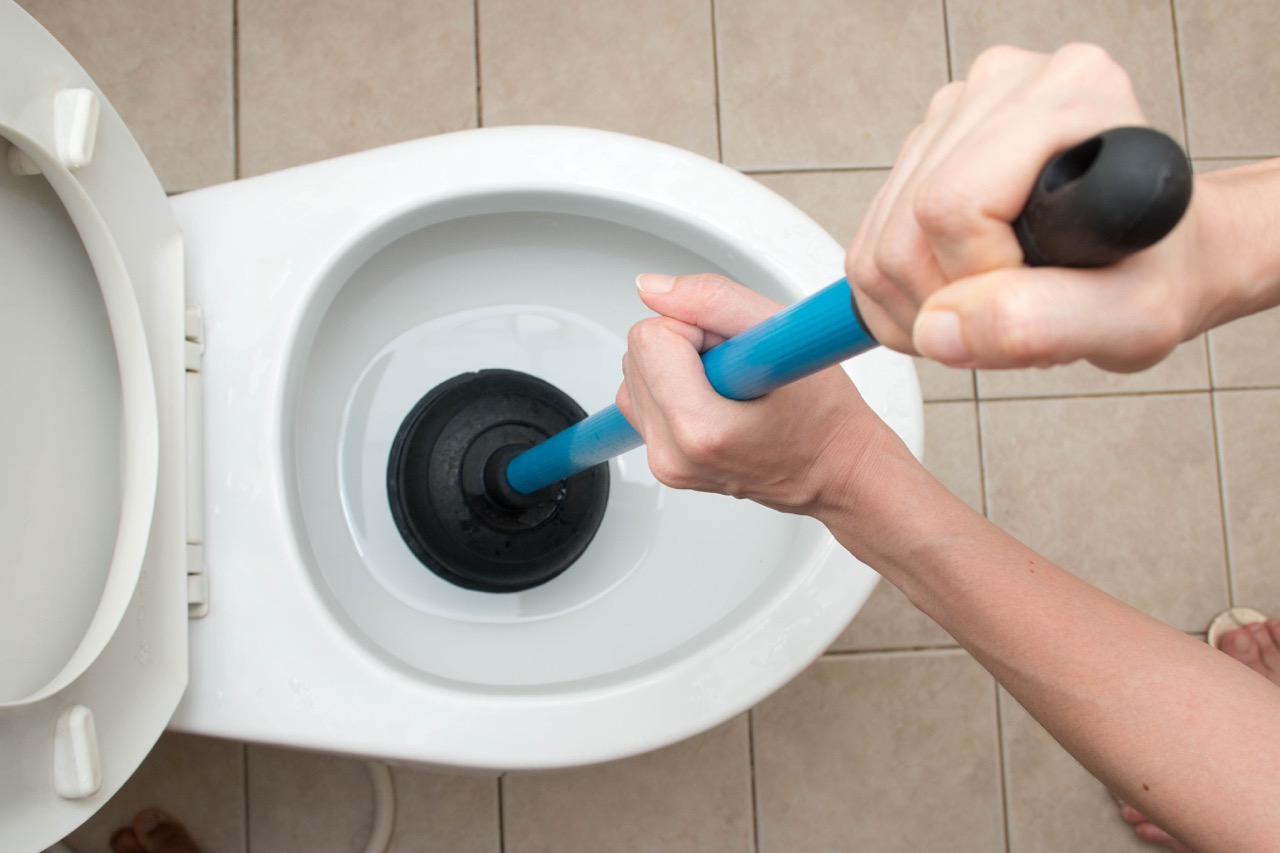
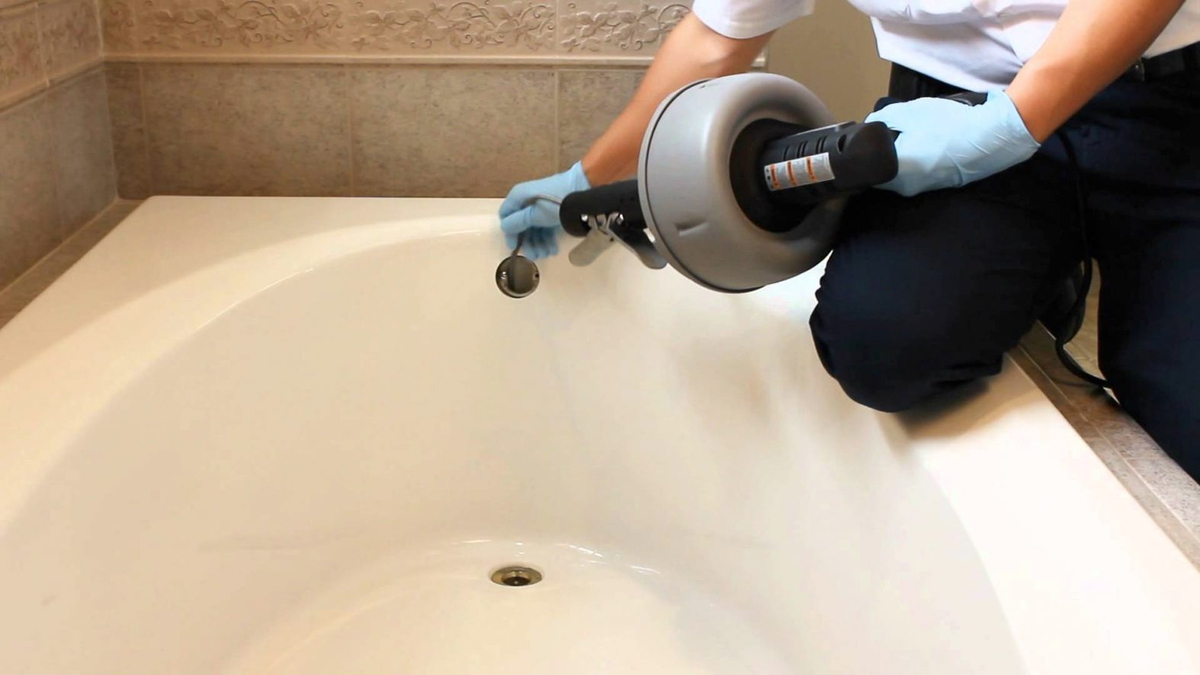
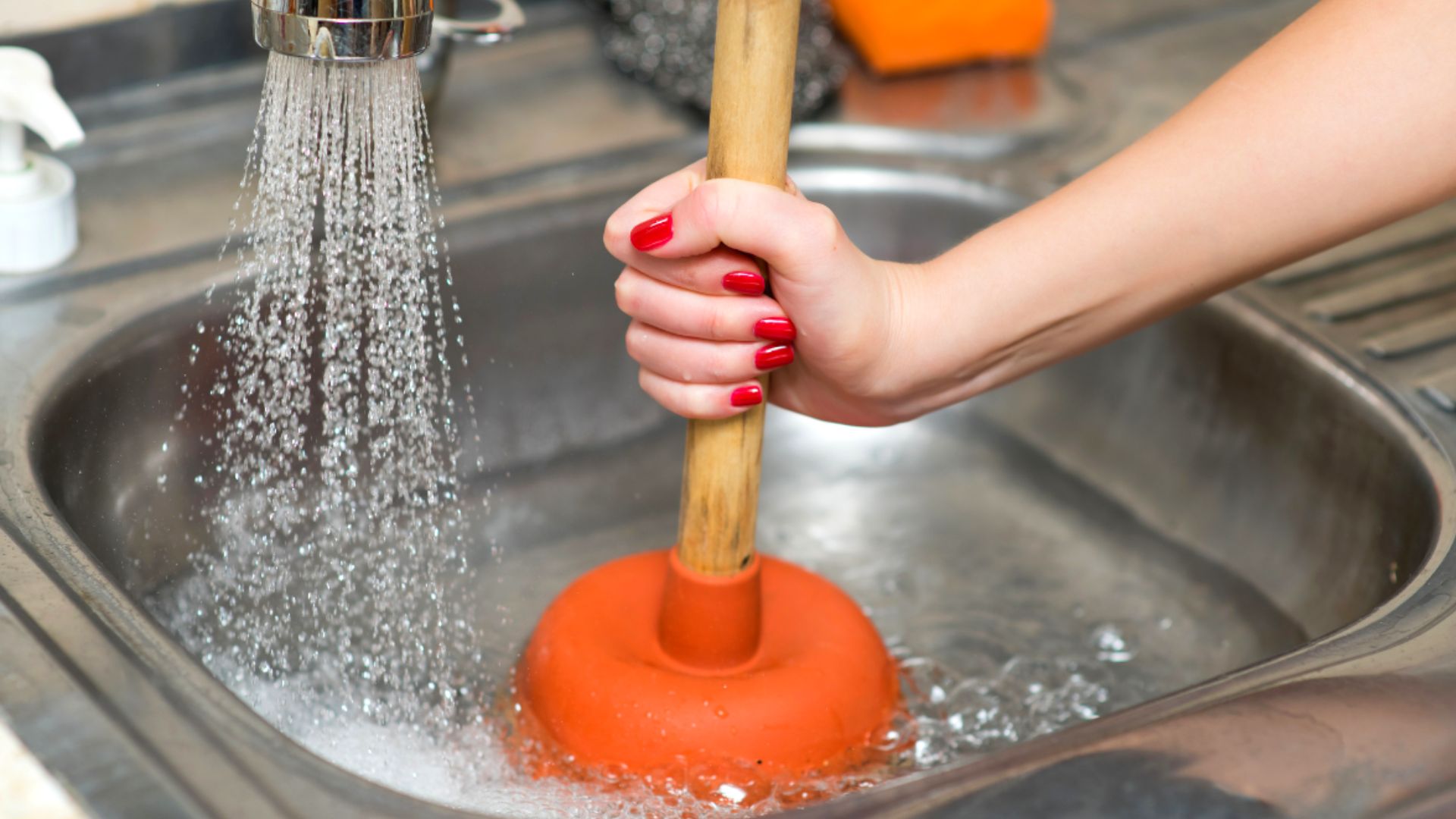
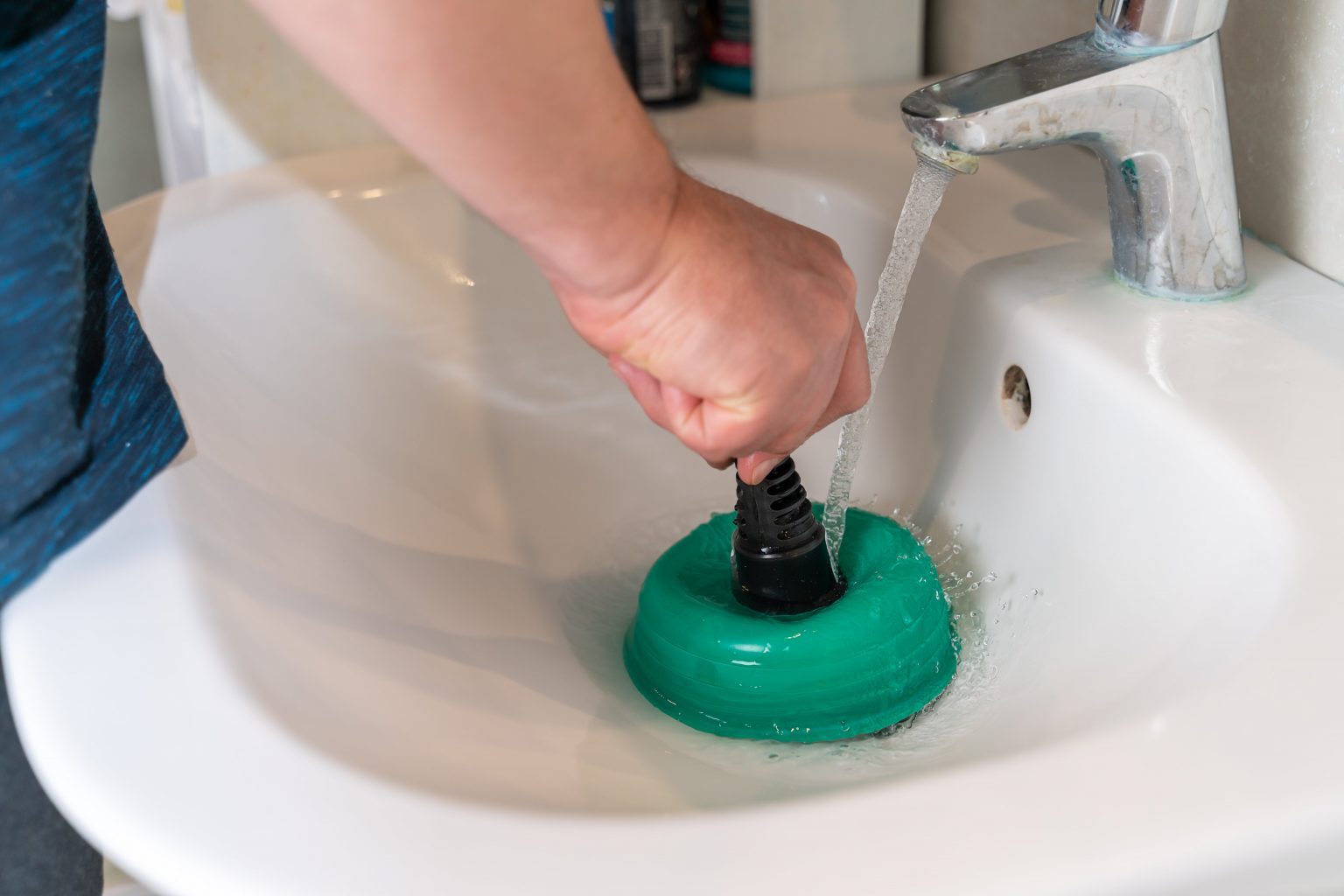
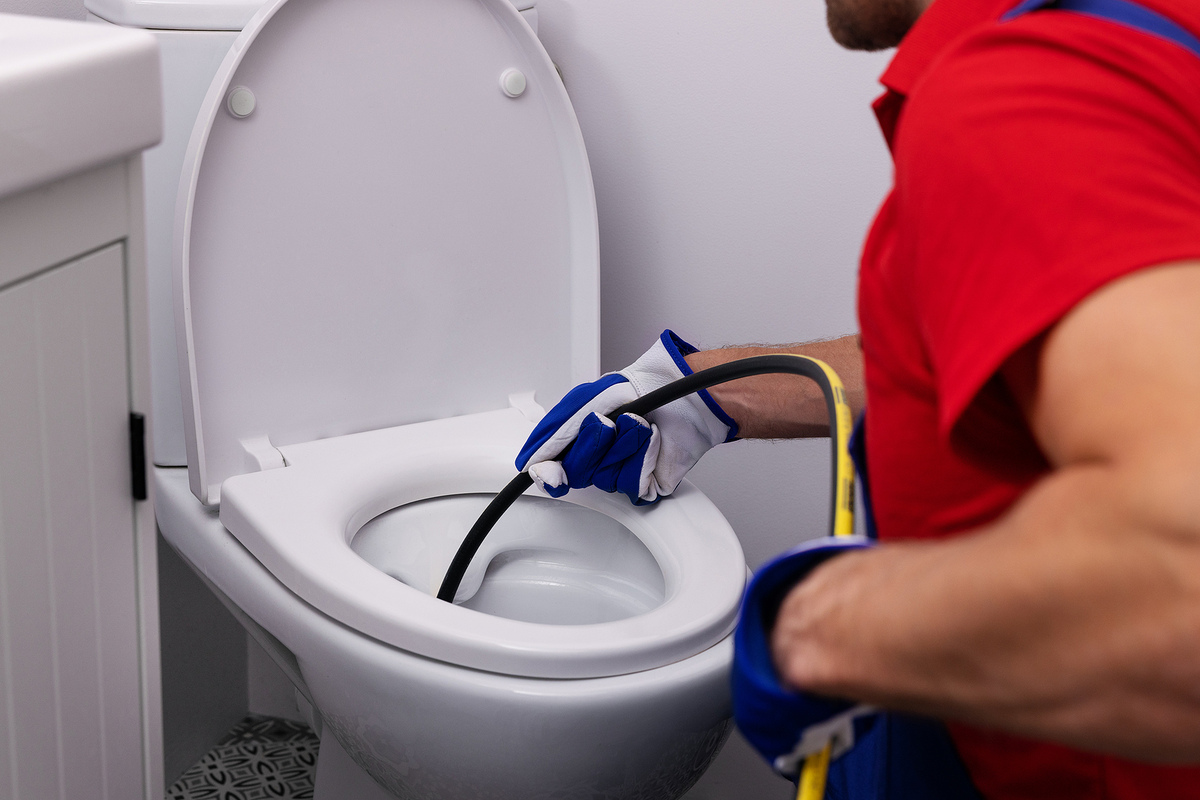
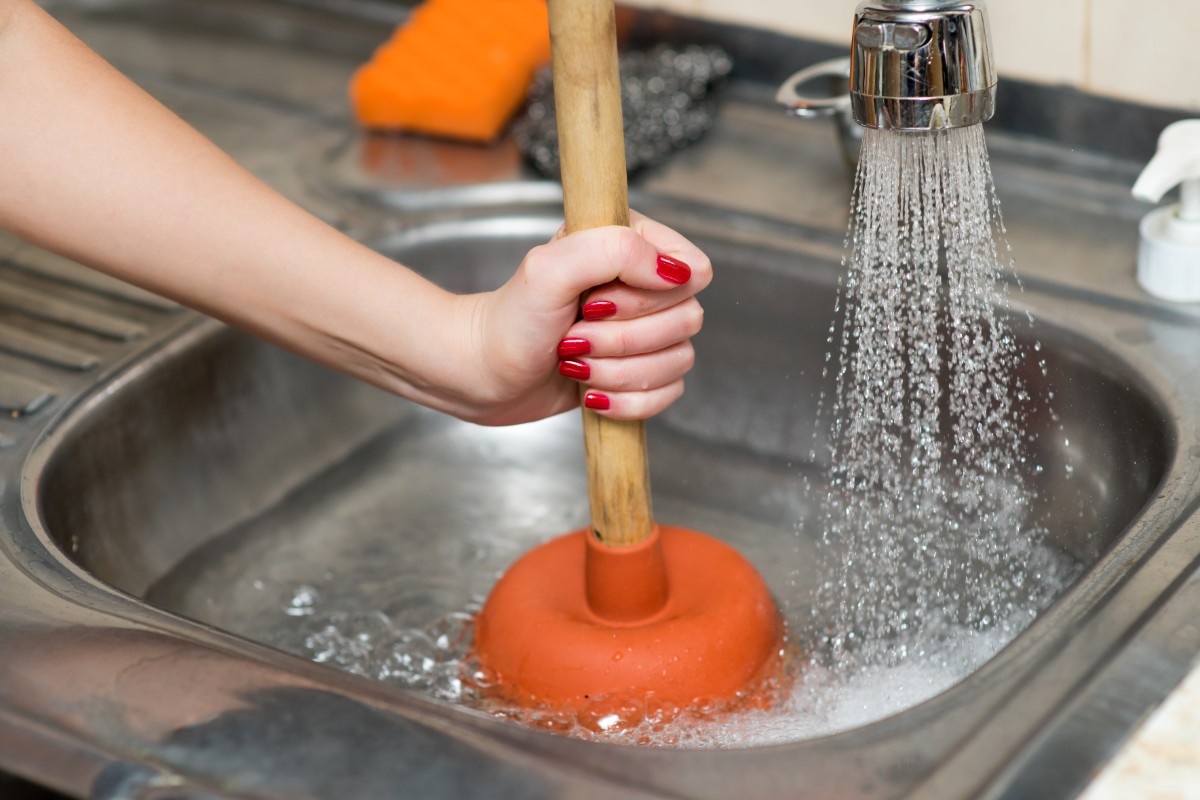

0 thoughts on “How To Unclog Toilet Bowl Without Plunger”